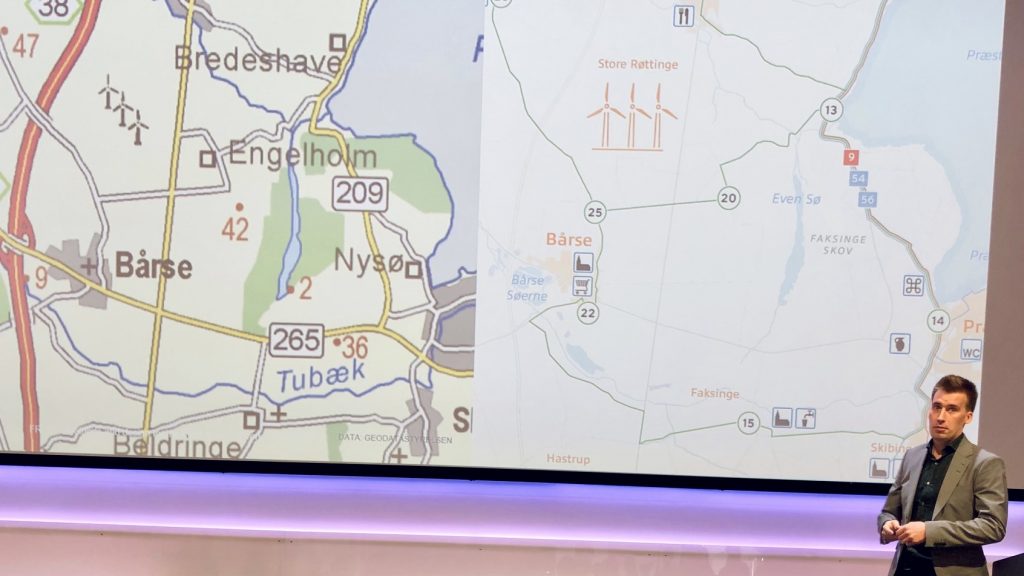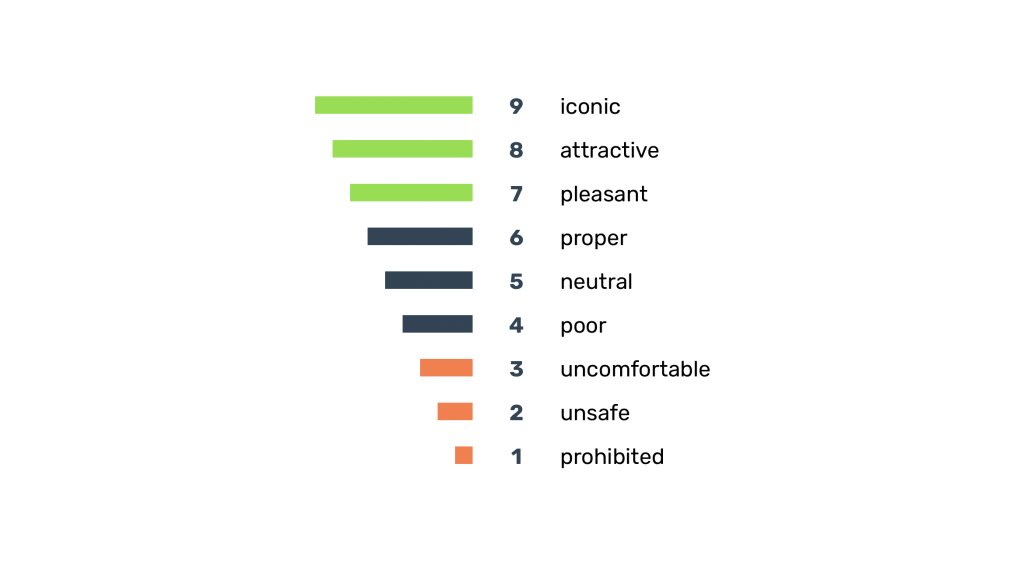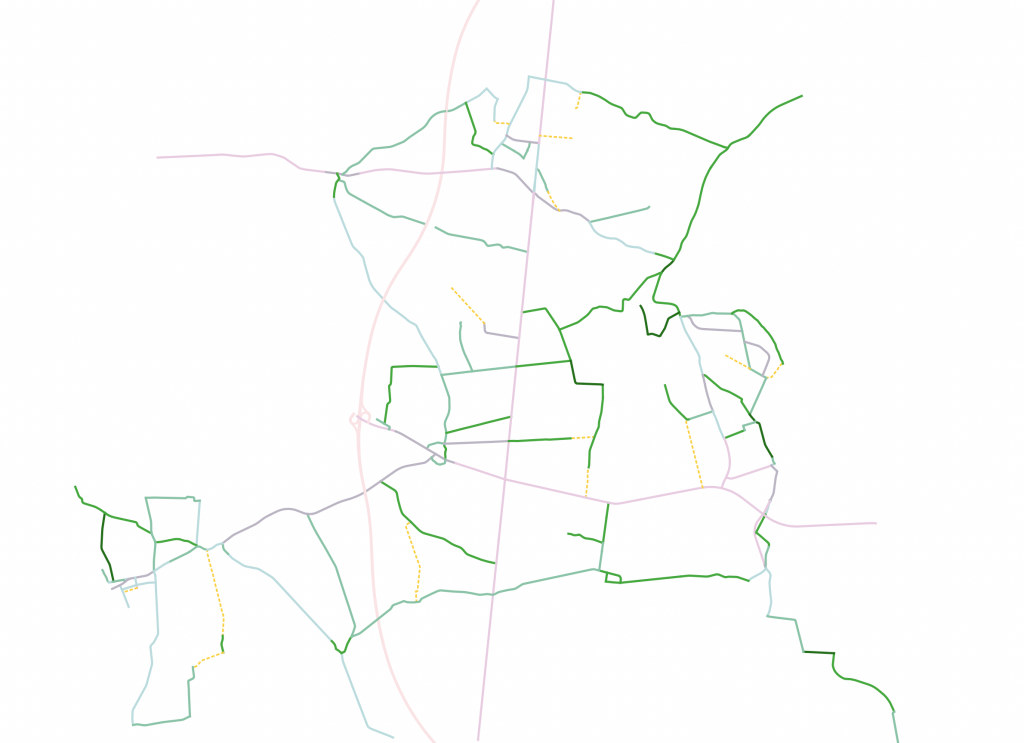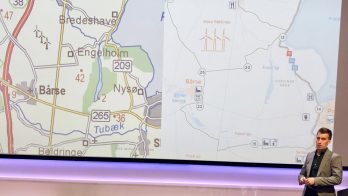Oplæg om “rekreativ værdi” på CRBAM21-konferencen
I oktober 2021 holdt Marco Berends et oplæg på CRBAM21, en international konference om cykelforskning. Her præsenterede han Dansk Cykelturismes brug af ‘rekreativ værdi’ som et praktisk værktøj til at kortlægge attraktive ruter.

Det følgende resume er publiceret i ‘Book of Abstracts Cycling Research Board 2021’.
Project context
Recreational cycling in Denmark is staying behind with neighbouring countries in West-Europe. Meanwhile, rural Denmark has low bicycle traffic, with a model split less than half of greater Copenhagen area. As cycling has many health and economy benefits, how can we offer a solution that invites people in Denmark to cycle more and longer?
A solution may be found in Belgium, where the bicycle node network was invented 25 years ago, offering recreational cyclists an alternative from linear routes from A to B. Consisting of a grid of nodes, connected with bicycle-friendly routes, the node network offers an unlimited amount of route options. Nowadays, the cycle node network boosts tourism and local economies.
The project ’Denmark’s future recreational network’ is subsidised by the Danish Outdoor Council to set a method and design for a node network integrating outdoor activities. The project runs from 2021 to 2023, containing four pilot areas across Denmark. The project is a collaboration of three interest organisations, five municipalities and three destinations.
Recreational value
To define some design principles, five factors are inspired from CROW (2016) for designing a good user experience in recreational cycling: safety, attractiveness, comfort, accessibility and freedom.
To create a clear and conceivable message, the five factors are combined to one score: the recreational value. The value runs from 1 to 9, similar to the pyramid of needs (Van Hagen & Govers, 2019). The scale runs from inaccessible to iconic, or must-avoid to must-see.

The five factors define the weight of attributes that are monitorable, weighing differently per person per ride. The attributes are distilled from two quality control methods by the Danish Cycling Tourism and Danish Ramblers’ Association. Examples of attributes are road layout, surface and landscape quality.
The recreational value can be visualised on a map. The current underlying factors are optimised for leisure cyclists on a city bicycle, but can be adjusted accordingly by shifting attributes.

Use case
The recreational value has been developed by manually rating 366 km of road sections in four representative 36 km2 areas. The four areas are selected by different land-use, road network, urban variation and activity types.
By going in-depth in the field, all roads are visualised in the following figure and values are reversed engineered to find correlation between attributes and the recreational value. This enables an iterative process with a baseline score serving as a point of reference.
In each of the four areas, a pilot node network is developed, rooted in the road sections with the highest recreational value. User tests will show if this network will be able to meet user expectations and enable for more and longer cycle tours.
